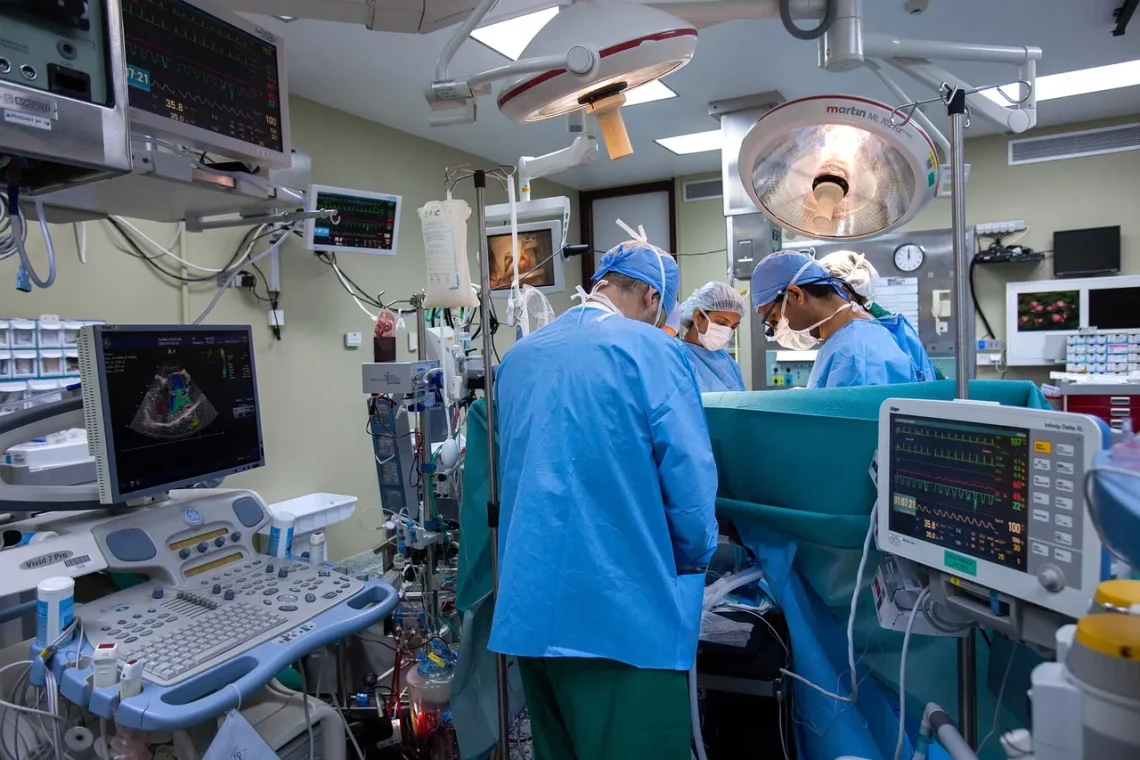
Understanding the Costs of Fat Transfer Procedures
Fat transfer procedures, also known as fat grafting or lipofilling, have gained significant popularity in recent years among individuals seeking to enhance their appearance. This innovative technique allows for the transfer of fat from one part of the body to another, providing a natural way to add volume to areas such as the face, breasts, and buttocks. The appeal of fat transfer lies not only in its ability to create a more youthful and contoured look but also in its use of the body’s own tissue, which minimizes the risk of allergic reactions or rejections associated with synthetic fillers.
However, as with any cosmetic procedure, understanding the financial implications is crucial for prospective patients. The costs associated with fat transfer procedures can vary widely depending on several factors, including the specific areas being treated, the surgeon’s experience, and the geographical location of the practice. It’s essential to approach this topic with a clear understanding of what influences the overall expense, as well as the potential long-term value these procedures can offer. By exploring the various elements that contribute to the costs, individuals can make informed decisions and set realistic expectations for their aesthetic goals.
Factors Influencing the Cost of Fat Transfer
When considering a fat transfer procedure, it’s important to be aware of the various factors that can influence the overall cost. One of the primary elements is the surgeon’s expertise and reputation. Highly skilled and experienced plastic surgeons often charge more for their services, reflecting the quality of care and results they provide. Patients should prioritize finding a qualified surgeon over simply opting for the lowest price, as a successful outcome depends significantly on the surgeon’s skill level.
Another factor to consider is the complexity of the procedure itself. Fat transfer can involve multiple steps, including liposuction to harvest the fat, processing the fat to prepare it for injection, and the actual injection into the target area. If the procedure is more intricate, it can lead to higher costs. Additionally, the location of the surgery plays a crucial role in determining the price. Urban areas or regions with a higher cost of living typically have higher medical fees compared to rural areas.
Moreover, the specific areas being treated can also impact the overall expense. For instance, transferring fat to the breasts or buttocks may require more fat than facial rejuvenation, thus increasing the cost. Finally, ancillary costs such as anesthesia, facility fees, and follow-up appointments should be taken into account when budgeting for a fat transfer procedure. Understanding these factors can help potential patients gain a clearer picture of the financial investment involved in achieving their desired results.
Average Costs and Financing Options
The average cost of fat transfer procedures can vary significantly based on the factors discussed earlier. Generally, patients can expect to pay anywhere from a few thousand to several thousand dollars for the procedure. According to various surveys, the average range for a fat transfer procedure is typically between $4,000 and $10,000. This price range includes not only the surgeon’s fees but also other associated costs such as anesthesia and facility fees.
For many individuals, financing options can make the procedure more accessible. Many clinics and plastic surgery practices offer payment plans or financing through third-party companies that specialize in medical loans. These financing options allow patients to break down the cost into manageable monthly payments, making it easier to afford the procedure. Additionally, some patients may find that their health insurance covers certain aspects of fat transfer procedures, particularly if they are being performed for reconstructive purposes rather than purely cosmetic reasons.
It’s essential for patients to thoroughly research and consider their financing options before committing to a fat transfer procedure. They should also discuss payment plans with their chosen surgeon during the consultation process. Being informed about the costs and available financing options can help patients make a well-rounded decision that aligns with their financial situation and aesthetic goals.
Long-Term Value of Fat Transfer Procedures
While the initial costs of fat transfer procedures may seem significant, it’s important to consider the long-term value they offer. Unlike some other cosmetic treatments that require repeated sessions or maintenance, fat transfer provides results that can last for years. Since the fat is taken from the patient’s own body, it often integrates well into the surrounding tissue, resulting in a natural and enduring enhancement.
Moreover, fat transfer can offer additional benefits that contribute to its long-term value. For example, the procedure not only adds volume to areas that may have lost fullness with age but can also improve the skin’s texture and quality due to the presence of the body’s natural fat cells. This regenerative aspect makes fat transfer a unique option compared to synthetic fillers, which may need to be replaced regularly.
Additionally, many patients find that the confidence boost they receive from their improved appearance leads to a more positive self-image and enhanced quality of life. This psychological benefit can be invaluable and may far outweigh the financial investment involved. Ultimately, when considering fat transfer procedures, it’s essential to view them as a long-term investment in one’s self-esteem and overall well-being.
Potential Risks and Considerations
Like any medical procedure, fat transfer comes with potential risks and considerations that patients should be aware of before proceeding. While serious complications are rare, they can occur. Some common risks associated with fat transfer include infection, asymmetry, and the possibility of reabsorption of the injected fat, which may result in the need for additional treatments.
Patients should also consider their individual health conditions and whether they are good candidates for the procedure. Factors such as body weight, skin elasticity, and underlying health issues can influence both the safety and effectiveness of fat transfer. It is crucial for individuals to have an open and honest discussion with their chosen surgeon about their medical history and any concerns they may have.
Additionally, recovery time should be factored into the decision-making process. Although fat transfer is generally considered minimally invasive compared to traditional surgical procedures, patients should still expect some downtime for recovery. This period may involve swelling, bruising, and discomfort in both the donor and recipient areas, which can vary from person to person.
In conclusion, while fat transfer procedures offer many aesthetic benefits, potential patients must weigh the costs, risks, and long-term value before making a decision. Consulting with a qualified medical professional can provide further insight and help individuals make an informed choice that aligns with their goals and expectations.
**Disclaimer:** This article is for informational purposes only and is not intended as medical advice. Always consult with a qualified healthcare provider regarding any health concerns or medical decisions.




